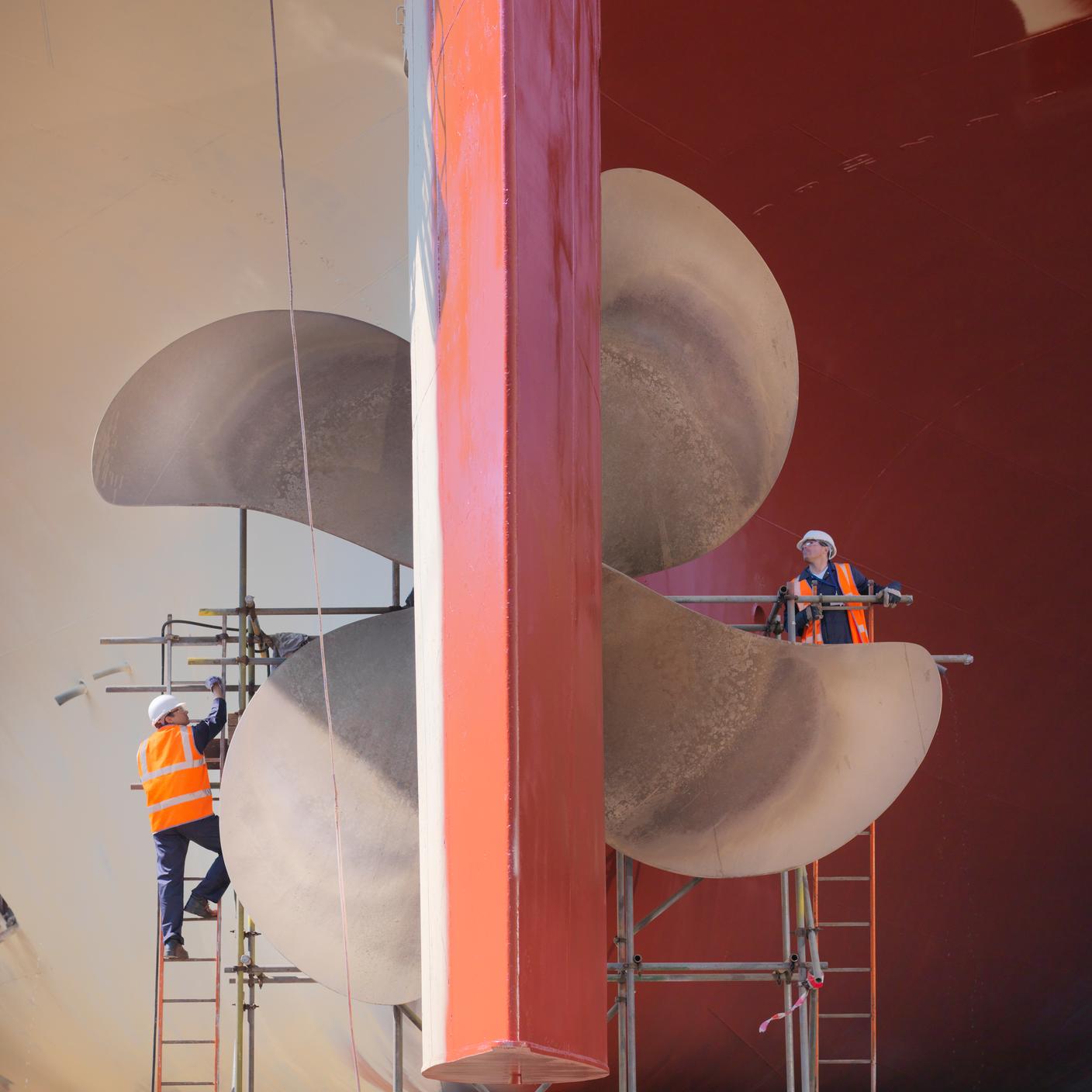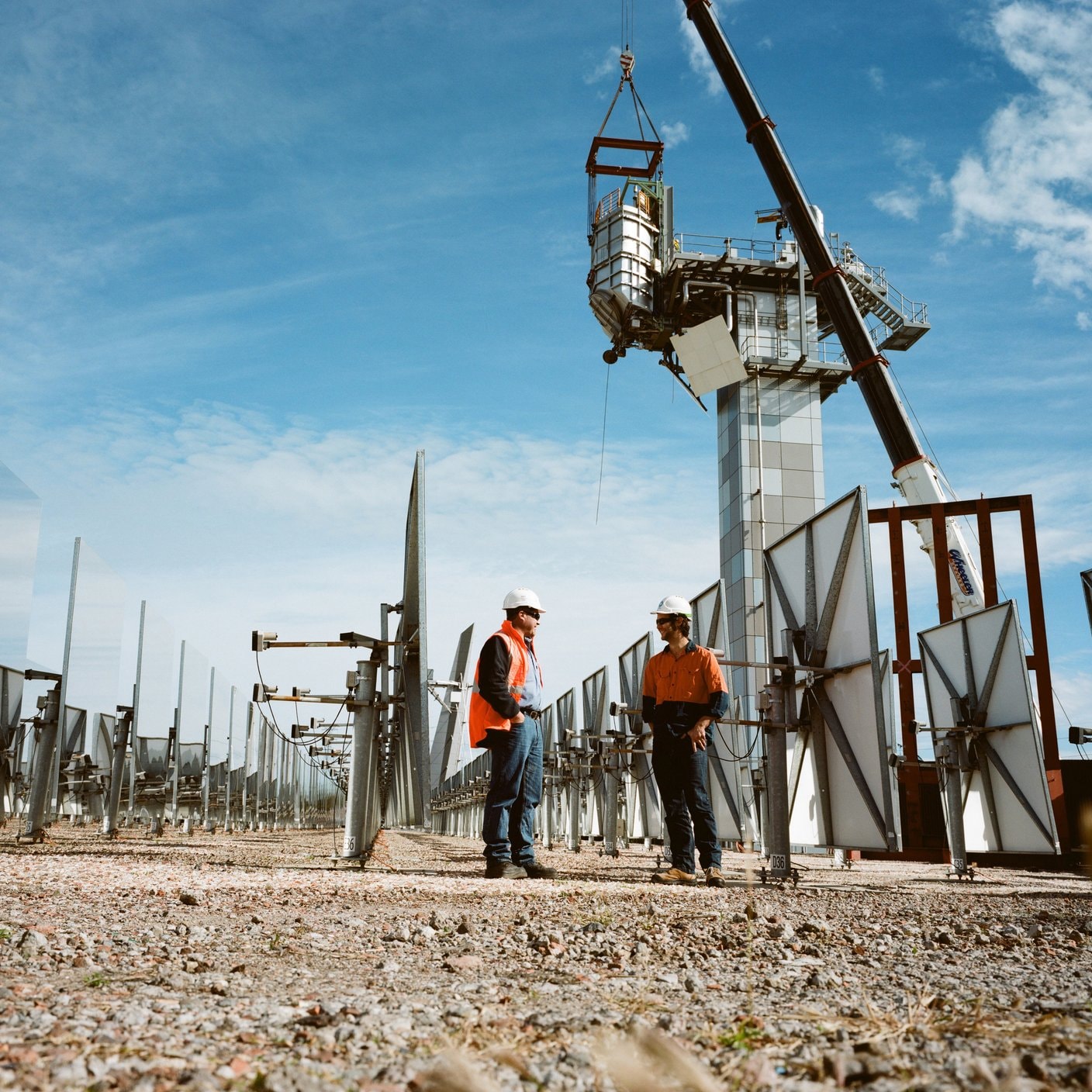Optimizing environmental reserve management for comprehensive risk mitigation and brand protection
When it comes to evaluating your organization’s site characterization and remediation efforts to address environmental liabilities, there are additional considerations beyond just technical implementation. In the first blog of this series, Risk Mitigation adds Long-Term Value, we covered brand reputation protection as a part of risk mitigation planning. But this is just one small aspect of a much larger picture. Environmental reserve management, while mandatory in many instances, is an often forgotten or under-optimized part of the overall risk mitigation process.
With continuing economic uncertainty, an anticipated recession, and the SEC’s recent proposed amendments on greenhouse gas (GHG) emissions reporting (see: Tackling Decarbonization: SEC Throws a Flag at Current Climate-Related Reporting Practices), everyone should be looking at their environmental reserves differently. If you are already taking a step backwards to begin or revise GHG accounting practices, now is the time to take that step forward as well and evaluate the whole process.
Environmental reserves refer to the amount of capital a company has set aside and can access to address and remediate potential environmental liabilities (environmental cleanups such as Superfund site requirements, Brownfield Cleanup Program sites, etc.). However, once funds are dedicated, people rarely ever look at them in detail again and only provide a cursory review as part of their periodic financial updates.
This is a mis-step organizations don’t realize they are taking. Reserving too much can put unnecessary stress on your financial statements, but reserving too little can leave you open to liabilities you just aren’t prepared to handle. In this dynamic business climate, real-time reserves management can greatly improve your overall EHS program.
Traditionally, most large corporations have focused their internal environmental reserve evaluations only on their largest remediation sites or long-term maintenance-type environmental issues without really making accurate adjustments as these projects progress through their lifecycle. As a result, reserves can be over-estimated at sites where there was substantial, recent activity, potentially tying up capital.
Conversely, when things change and new environmental requirements come up (e.g., PFAS regulatory drivers, improvements to meet GHG goals, etc.), firms often forget to increase reserves and that can lead to under budgeting for future environmental activities. Surprises for upper management are never welcomed and this is especially true when there are increased economic pressures on many of the industries that often maintain the highest environmental reserves.
Prioritizing and implementing a consistent evaluation of environmental reserves could free up capital that can be better used elsewhere, ensure that reserves are justifiable and well documented for auditors and third parties, and protect an organization from surprises that can often lead to hundreds of thousands or even millions in unforeseen expenditures. Customizing reserve management updates, including automation and linkage to other financial tracking systems, can eliminate these concerns and tailor your “numbers” to align with your corporate risk tolerance and planning needs.
Reserves reviews are required annually in many instances, but not much of an examination is typically done because environmental reserves may only be a small aspect of overall financial statements, even though the actual dollar values are often in the millions or tens of millions. Generally, people see what was held the year prior and simply carry that over without adjusting for actual work completed accurately or re-assessing “what has changed.” Reviewing your reserves in detail quarterly and keeping track of progress or changes regularly will offer a more comprehensive record (and potentially avoid any year-end auditing nightmares).
When looking at your organization’s current environmental liabilities, it is recommended they be prioritized by risk considering the following questions:
- What are the current – and probable future - environmental projects that should be considered in reserves?
- What are the significance and risk involved for each one?
- What reserves estimates were made and how does that compare to how much is currently held and how much is really needed?
- Has anything changed significantly (e.g., new regulations, planned facility expansions or closures, merger and acquisition activity, etc.)?
- How much has already been spent therefore reducing the overall risk and amount required to remediate any issues?
- What new alternative processes (digital tools, modeling, technical innovations, etc.) are available to understand, mitigate, and track the risks identified?
Following prioritization, the higher-risk projects should be given a more detailed risk valuation to identify opportunities for improvements and to make sure the strategic path identified for each site aligns with corporate goals and risk tolerance philosophy. This is a critical step in the overall process as many companies find that a strategy that made sense when initial environmental reserves were established no longer is consistent with the new company direction following an ownership or leadership change.
There is no single answer that is right for everyone when deciding how much of a reserve is appropriate. Performing these more detailed site-by-site evaluations following a corporate transaction or rollout of new strategic vision by upper management will ensure that the environmental team’s direction aligns with the big picture plan for an organization.
By implementing a more formal environmental reserves management process, you will gain a much higher understanding of what is working (and what is not) in your overall environmental strategy and you more than likely will identify ways to reduce expenditures. If you review results in a reserves reduction, you’ll also have records to back up the numbers and legitimize your findings to facilitate internal and external reporting to stakeholders.
This type of assessment may free up a few thousand dollars or lead to hundreds of thousands or even millions in newly available assets, but most importantly, it will allow your risk management team to sleep better at night knowing they understand their risks in a way they never did before, and they have the right plan to mitigate those risks.
In our ongoing series emphasizing strategic planning and environmental risk mitigation, Remediation Practice Director Dan Smith will cover different aspects of the remediation portfolio life cycle and why thinking outside the box can turn traditional environmental liabilities into opportunities for your business.








